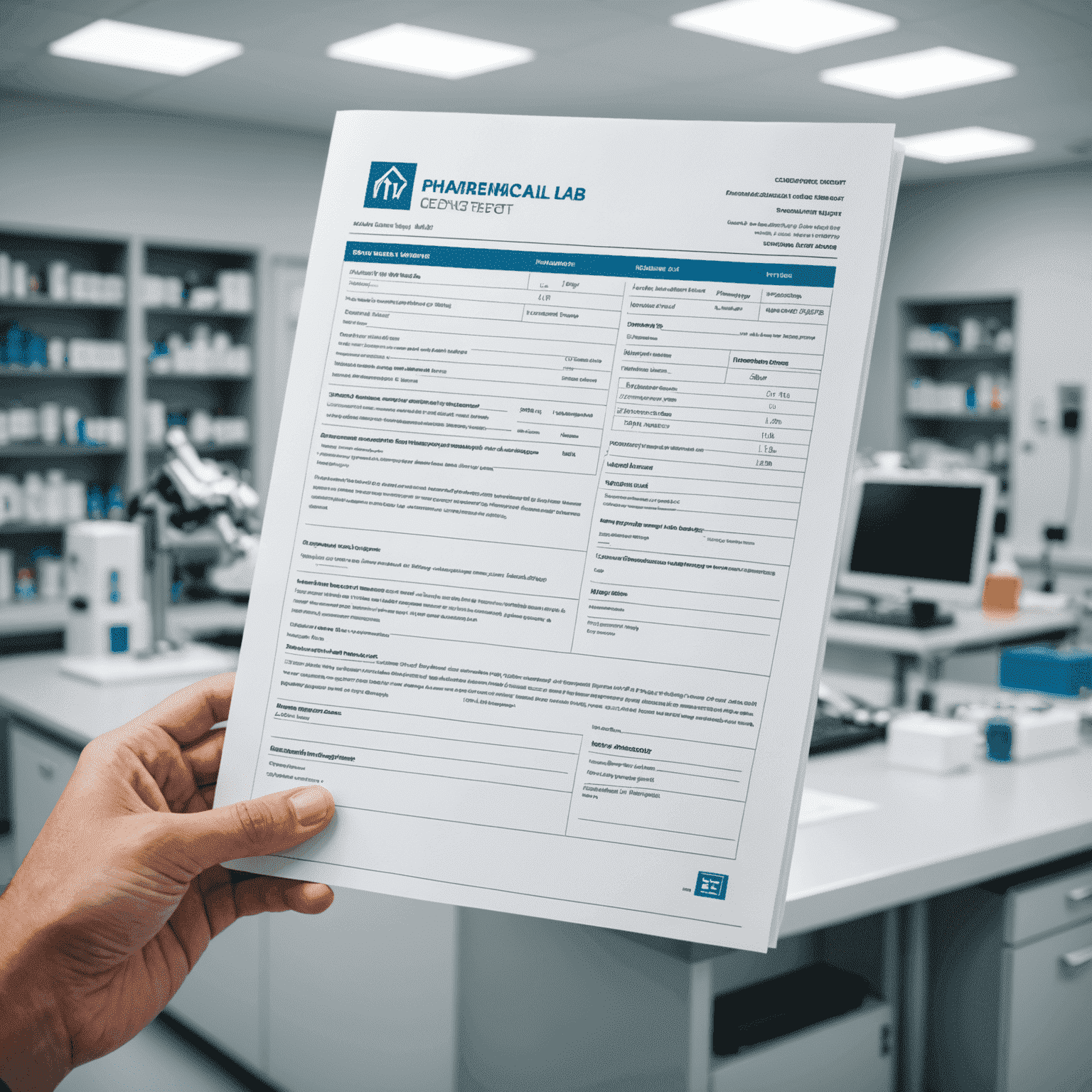Regulatory Updates in Calibration: Staying Ahead of the Curve

In the ever-evolving world of calibration, staying informed about regulatory changes is crucial for maintaining accuracy and compliance. This article delves into the latest updates affecting calibration practices and standards, ensuring you're always one step ahead.
Recent Changes in ISO/IEC 17025
The International Organization for Standardization (ISO) has recently revised ISO/IEC 17025, the standard for testing and calibration laboratories. Key changes include:
- Enhanced focus on risk-based thinking
- Updated terminology to align with other ISO standards
- Emphasis on digital record-keeping and data integrity
FDA's Stance on Calibration in Pharmaceutical Industry
The Food and Drug Administration (FDA) has tightened its requirements for calibration in pharmaceutical manufacturing. New guidelines emphasize:
- More frequent calibration of critical instruments
- Comprehensive documentation of calibration procedures
- Validation of calibration software and systems

European Metrology Programme for Innovation and Research (EMPIR)
The EMPIR has launched new projects focusing on:
- Quantum-based calibration techniques
- Environmental monitoring calibration standards
- Calibration in smart manufacturing environments
Impact on Calibre Solutions
These regulatory updates have significant implications for calibre solutions providers:
- Need for updated calibration software to meet new data integrity requirements
- Increased demand for training on risk-based calibration approaches
- Opportunities for developing quantum-ready calibration tools
Staying informed about these regulatory changes is as crucial as maintaining the accuracy of your calibre. Just as a well-calibrated instrument ensures precision in measurement, up-to-date knowledge of regulations ensures compliance and quality in your calibration practices.
Stay Informed!
Keep checking our news section for more updates on regulatory changes affecting calibration practices and standards. Our commitment to providing cutting-edge calibre solutions means we're always on top of the latest industry developments.